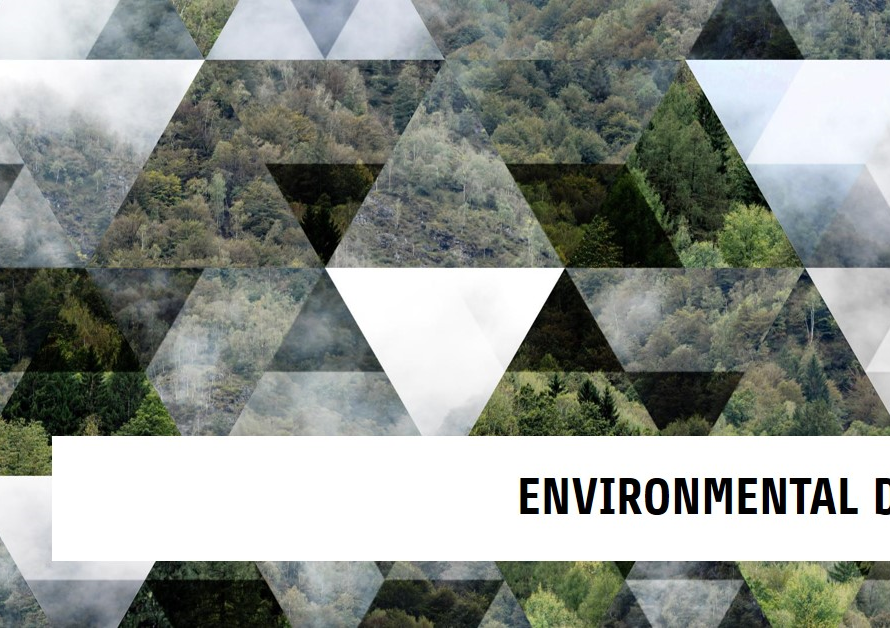
Table of Contents
- Introduction: The Complex Landscape of Urban Planning
- Population Growth and Density Management:
- Infrastructure Strain and Maintenance:
- Environmental Sustainability:
- Affordable Housing:
- Transportation and Mobility:
- Social Equity and Inclusion:
- Disaster Resilience:
- Technological Integration:
- Conclusion: Navigating the Future of Urban Planning
Introduction: The Complex Landscape of Urban Planning
Urban planning is a multifaceted discipline that integrates various aspects of development to create sustainable, functional, and livable cities. As urbanization accelerates globally, the challenges facing urban planners become increasingly intricate. From managing population growth to ensuring environmental sustainability, urban planning requires a delicate balance between competing interests and resources. This blog post delves into the primary challenges in urban planning and explores potential solutions to address these issues effectively.
Population Growth and Density Management:
One of the foremost challenges in urban planning is managing rapid population growth. Cities worldwide are experiencing unprecedented influxes of people, driven by both natural population increase and migration. This surge can strain infrastructure, housing, and services, leading to overcrowded living conditions and a decline in quality of life. As cities expand, planners must devise strategies to accommodate growth while maintaining order and efficiency.
To manage population density, urban planners can adopt mixed-use development models that combine residential, commercial, and recreational spaces within the same area. This approach reduces the need for long commutes, alleviates traffic congestion, and fosters a sense of community. Additionally, implementing vertical growth strategies, such as high-rise residential buildings, can effectively utilize limited land resources and prevent urban sprawl.
Infrastructure Strain and Maintenance:
Many cities, particularly in developed countries, face the challenge of aging infrastructure. Roads, bridges, water supply systems, and public transportation networks often require significant upgrades or complete overhauls. The cost and complexity of these projects can be daunting, yet neglecting infrastructure maintenance can lead to catastrophic failures and increased repair costs over time.
Investing in smart infrastructure technologies can provide long-term benefits and cost savings. For example, sensor-equipped roads and bridges can monitor structural health in real-time, allowing for timely maintenance and preventing major failures. Moreover, adopting green infrastructure practices, such as permeable pavements and green roofs, can enhance urban resilience to climate change impacts, such as flooding and heatwaves.
Environmental Sustainability:
Urbanization often leads to environmental degradation, including air and water pollution, loss of green spaces, and increased carbon emissions. Urban planners must prioritize sustainability to mitigate these effects and promote healthier living environments. Integrating green spaces, enhancing public transportation, and promoting renewable energy sources are crucial steps in this direction.
Creating urban green belts, parks, and rooftop gardens can significantly improve air quality and provide recreational spaces for residents. Additionally, incentivizing the use of public transportation and non-motorized modes of travel, such as biking and walking, can reduce reliance on fossil fuels. Urban planners should also advocate for energy-efficient building designs and renewable energy installations to minimize the city’s carbon footprint.
Affordable Housing:
Affordable housing is a critical issue in many urban areas. Skyrocketing real estate prices and rental costs can displace low- and middle-income residents, exacerbating social inequality and homelessness. Urban planners must find ways to increase the availability of affordable housing while ensuring that developments are financially viable and socially inclusive.
To address the housing crisis, cities can implement policies that encourage the development of affordable housing units, such as inclusionary zoning laws that require a percentage of new developments to be affordable. Additionally, utilizing modular and prefabricated construction techniques can reduce building costs and time, making housing projects more affordable. Public-private partnerships can also play a crucial role in financing and developing affordable housing initiatives.
Transportation and Mobility:
Efficient transportation systems are vital for the functioning of urban areas. Traffic congestion, inadequate public transportation, and poorly designed infrastructure can hinder economic productivity and reduce the quality of life. Urban planners must design comprehensive transportation networks that accommodate the diverse mobility needs of residents.
Investing in multimodal transportation systems that integrate buses, trains, cycling lanes, and pedestrian pathways can enhance urban mobility. Smart traffic management systems, which utilize real-time data to optimize traffic flow, can also reduce congestion. Furthermore, promoting the adoption of electric vehicles and expanding charging infrastructure can contribute to more sustainable urban transport.


Social Equity and Inclusion:
Urban planning must consider social equity to create inclusive cities that cater to all residents, regardless of their socioeconomic status. Inequitable access to resources, services, and opportunities can lead to marginalized communities and social unrest. Planners need to ensure that urban development benefits everyone and reduces disparities.
Community engagement and participatory planning processes are essential for fostering social equity. By involving residents in decision-making, planners can better understand and address the needs of diverse communities. Additionally, developing policies that prioritize affordable housing, healthcare, education, and employment opportunities in underserved areas can promote more balanced urban development.
Disaster Resilience:
Cities are increasingly vulnerable to natural and man-made disasters, including earthquakes, floods, hurricanes, and industrial accidents. Urban planners must design cities that can withstand and recover from these events to protect residents and minimize economic losses. Resilience planning involves assessing risks, implementing preventive measures, and preparing for effective emergency response.
Incorporating resilient design principles, such as elevated structures, flood barriers, and earthquake-resistant buildings, can enhance a city’s ability to withstand disasters. Developing comprehensive disaster preparedness and response plans, including early warning systems and emergency evacuation routes, is also crucial. Moreover, fostering community resilience through education and training can empower residents to respond effectively during emergencies.
Technological Integration:
The integration of technology in urban planning, known as smart city development, can significantly enhance the efficiency and sustainability of urban areas. Smart technologies, such as the Internet of Things (IoT), big data analytics, and artificial intelligence, can optimize resource management, improve service delivery, and enhance the quality of life for residents.
Urban planners can leverage smart technologies to monitor and manage various city functions, including traffic, waste management, energy use, and public safety. For instance, smart grids can optimize energy distribution, while IoT-enabled waste bins can signal when they need to be emptied, reducing inefficiencies. Additionally, using data analytics to understand and predict urban trends can inform better planning and policy decisions.
Conclusion: Navigating the Future of Urban Planning
Urban planning is a dynamic and evolving field that must continuously adapt to new challenges and opportunities. By addressing issues such as population growth, infrastructure maintenance, environmental sustainability, affordable housing, transportation, social equity, disaster resilience, and technological integration, urban planners can create cities that are not only functional but also vibrant and inclusive. The solutions discussed in this blog post highlight the importance of innovative thinking, community involvement, and sustainable practices in shaping the cities of tomorrow. As urbanization continues to shape our world, effective urban planning will be crucial in ensuring a prosperous and sustainable future for all.



